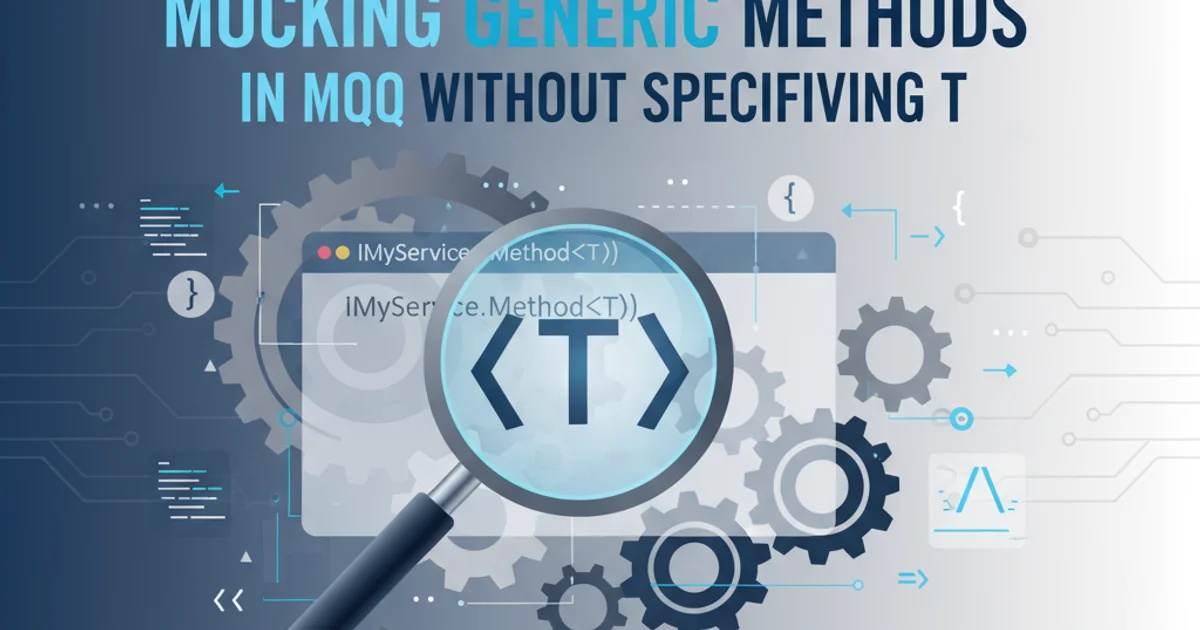Adding Python to PATH on Windows
Categories:
Adding Python to PATH on Windows: A Comprehensive Guide

Learn how to correctly add Python to your Windows system's PATH environment variable, enabling you to run Python from any command prompt location. This guide covers both installation-time and post-installation methods for Python 2.7 and newer versions.
When working with Python on Windows, one of the most common initial hurdles is ensuring that the Python interpreter is accessible from your command line or PowerShell. This is achieved by adding Python's installation directory to your system's PATH environment variable. Without this, you'd have to navigate to Python's installation folder every time you want to execute a script, which is highly inefficient. This article will guide you through the process, covering different scenarios and Python versions.
Understanding the Windows PATH Environment Variable
The PATH environment variable is a list of directories that the operating system searches for executable files when you type a command in the command prompt or PowerShell. When you type python or pip, Windows looks through each directory listed in PATH until it finds an executable with that name. If it doesn't find it, you'll get an error like 'python' is not recognized as an internal or external command, operable program or batch file.
flowchart TD
A[User types 'python' in CMD] --> B{Is 'python.exe' in current directory?}
B -- No --> C{Check directories in PATH variable}
C -- Found in PATH --> D[Execute python.exe]
C -- Not found in PATH --> E["Error: 'python' not recognized"]
B -- Yes --> DHow Windows resolves commands using the PATH variable
Method 1: Adding Python to PATH During Installation (Recommended)
The easiest and most recommended way to add Python to your PATH is during the installation process. The official Python installer for Windows provides an option to do this automatically. This method ensures that both the Python executable and pip (Python's package installer) are correctly configured.
1. Download the Python Installer
Go to the official Python website (python.org) and download the appropriate Windows installer (.exe file) for your desired Python version (e.g., Python 3.x or Python 2.7).
2. Run the Installer
Execute the downloaded installer. For Python 3.x, you'll typically see an option at the very beginning of the installation wizard.
3. Select 'Add Python X.Y to PATH'
Crucially, on the first screen of the installer, make sure to check the box labeled Add Python X.Y to PATH (where X.Y is your Python version). For Python 2.7, this option might be on a later screen or require custom installation.
4. Proceed with Installation
Choose Install Now (for Python 3.x) or follow the remaining prompts to complete the installation. This will automatically configure the PATH variable for you.
5. Verify Installation
Open a new Command Prompt or PowerShell window (existing ones won't reflect the change). Type python --version and pip --version. You should see the installed Python and pip versions, confirming they are on PATH.
Method 2: Manually Adding Python to PATH After Installation
If you forgot to check the 'Add to PATH' option during installation, or if you're using a portable Python installation, you can manually add Python to your system's PATH. This involves editing the system environment variables.
1. Locate Python Installation Directory
Find where Python is installed. Common locations include:
- Python 3.x:
C:\Users\YourUser\AppData\Local\Programs\Python\Python3xorC:\Python3x - Python 2.7:
C:\Python27
You'll need two paths: the main Python directory (e.g., C:\Python27) and its Scripts subdirectory (e.g., C:\Python27\Scripts). The Scripts directory contains pip and other utilities.
2. Open System Properties
Right-click on This PC (or My Computer) -> Properties -> Advanced system settings.
3. Access Environment Variables
In the System Properties window, click the Environment Variables... button.
4. Edit the PATH Variable
Under System variables (for all users) or User variables (for current user only), find the Path variable and click Edit....
5. Add Python Paths
In the Edit environment variable window:
- Windows 10/11: Click
Newand add the two Python paths (e.g.,C:\Python27andC:\Python27\Scripts). ClickOK. - Windows 7/8: Append a semicolon
;to the existing variable value, then add your Python paths, separated by semicolons (e.g.,;C:\Python27;C:\Python27\Scripts). ClickOK.
6. Confirm and Verify
Click OK on all open windows to save changes. Open a new Command Prompt or PowerShell and verify with python --version and pip --version.
PATH variable on older Windows versions (7/8), be careful not to delete existing entries. Incorrectly modifying PATH can lead to other system commands failing.Verifying Your Python PATH Configuration
After making any changes to your PATH, it's crucial to verify that Python is now accessible. This involves using the command line.
python --version
# Expected output: Python 3.x.x or Python 2.7.x
pip --version
# Expected output: pip x.x.x from C:\...\site-packages\pip (python 3.x)
where python
# Expected output: C:\Users\YourUser\AppData\Local\Programs\Python\Python3x\python.exe
# or C:\Python27\python.exe
Commands to verify Python and Pip are on PATH
where python command will show you which one is being picked up first by your PATH variable. The order of entries in PATH matters.